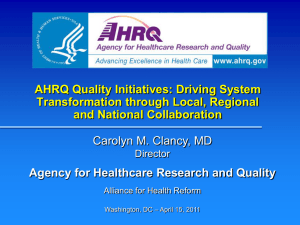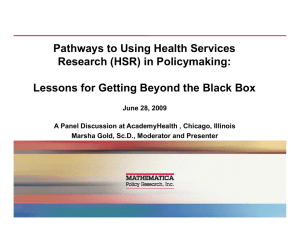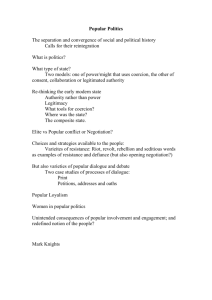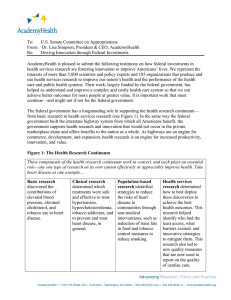The take home point: be aware that what counts as evidence, and
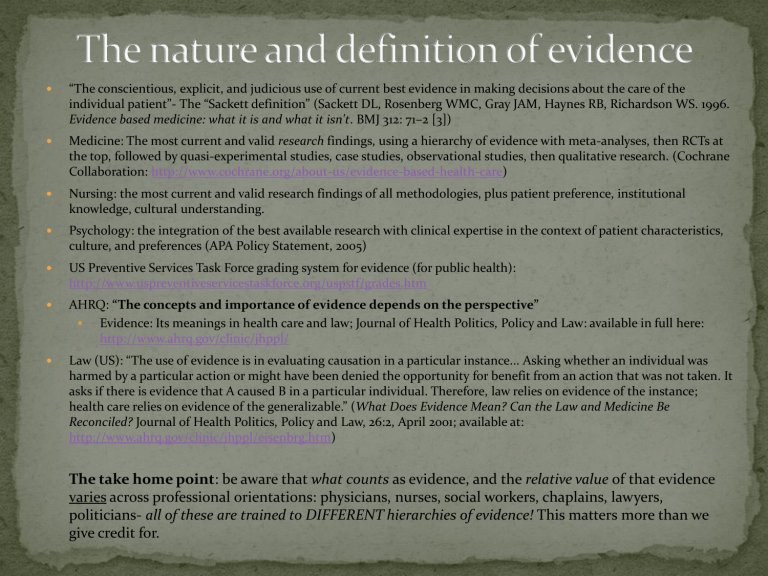
“The conscientious, explicit, and judicious use of current best evidence in making decisions about the care of the individual patient”- The “Sackett definition” (Sackett DL, Rosenberg WMC, Gray JAM, Haynes RB, Richardson WS. 1996.
Evidence based medicine: what it is and what it isn't . BMJ 312: 71–2 [3])
Medicine: The most current and valid research findings, using a hierarchy of evidence with meta-analyses, then RCTs at the top, followed by quasi-experimental studies, case studies, observational studies, then qualitative research. (Cochrane
Collaboration: http://www.cochrane.org/about-us/evidence-based-health-care )
Nursing: the most current and valid research findings of all methodologies, plus patient preference, institutional knowledge, cultural understanding.
Psychology: the integration of the best available research with clinical expertise in the context of patient characteristics, culture, and preferences (APA Policy Statement, 2005)
US Preventive Services Task Force grading system for evidence (for public health): http://www.uspreventiveservicestaskforce.org/uspstf/grades.htm
AHRQ: “The concepts and importance of evidence depends on the perspective”
Evidence: Its meanings in health care and law; Journal of Health Politics, Policy and Law: available in full here: http://www.ahrq.gov/clinic/jhppl/
Law (US): “The use of evidence is in evaluating causation in a particular instance... Asking whether an individual was harmed by a particular action or might have been denied the opportunity for benefit from an action that was not taken. It asks if there is evidence that A caused B in a particular individual. Therefore, law relies on evidence of the instance; health care relies on evidence of the generalizable.” ( What Does Evidence Mean? Can the Law and Medicine Be
Reconciled? Journal of Health Politics, Policy and Law, 26:2, April 2001; available at: http://www.ahrq.gov/clinic/jhppl/eisenbrg.htm
)
The take home point : be aware that what counts as evidence, and the relative value of that evidence varies across professional orientations: physicians, nurses, social workers, chaplains, lawyers, politicians- all of these are trained to DIFFERENT hierarchies of evidence! This matters more than we give credit for.
Evidence-based practice: process of asking a good question, framing a useful search for information, determining the utility of the information discovered, applying, and evaluating.
Evidence-based practices: particular types of interventions that have demonstrated efficacy (in a research setting) and effectiveness (in a real-life setting; translation). Also sometimes called “evidence-supported treatments,” or “empirically supported treatments.”
Practice-based evidence: the practice of generating rigorous evidence from practice environment based evaluation programs and research plans.
Why does this matter?
Isn’t this just a silly academic argument??
Programs depend on solid information to be able to make the argument that they should get funding in grants that they write.
Research (that produces such information) is funded largely by government grants, or by
Foundation funds (to a lesser extent)
Availability of funding for research is grounded in current priorities.
Priorities are influenced by politics, by cultural need, by urgency created by clinical settings or public outcry, or by interesting or relevant findings in previous research that is made available in the right time frame.
Who gets to decide what is interesting, what is relevant, or what counts as important evidence impacts directly on what priorities are set, and thus what funding is made available, and thus what research is done and published, and thus what is available as information for programs, and thus whether programs are even deemed to be important.
This is why it is so critical for you to be able to evaluate evidence- you may wish to be a part of this cycle!
Tuskegee syphilis study
Milgram experiment
Nuremburg
Principles of autonomy, beneficence, and nonmalfeasance.
Rights to consent w/out penalty, to full disclosure & information, to withdraw at any time. Extra protection for vulnerable populations or those subject to coercion or exploitation.
Consent and assent
STRONGLY RECOMMENDED: Human subjects training- online: phrp.nihtraining.com
Will use two published articles that will be provided for you.
Will cover basic research principles
Will cover basic evaluation principles, such as logic models
You should be familiar enough with these concepts to answer questions about the provided articles
You may use your textbook(s) or materials from this class
You may NOT communicate with ANYONE but me about this exam. Violation of this will be an instant failure of the test.
You may NOT search the internet or google for information. I will ask you to confirm this with your signature.
The exam will be given to you as a Word document. You will answer on the document and email it back to me directly. There will be no post in Moodle for this exam beyond an assigned grade.
You will have until Tuesday, April 24 th , at 8pm eastern time .
Late papers will NOT be excepted unless previously approved.





